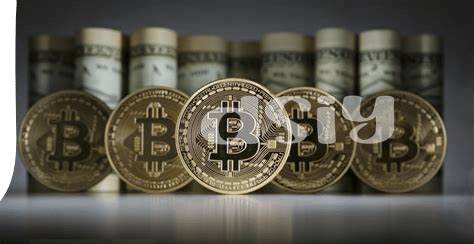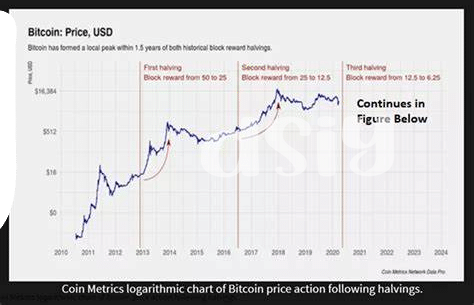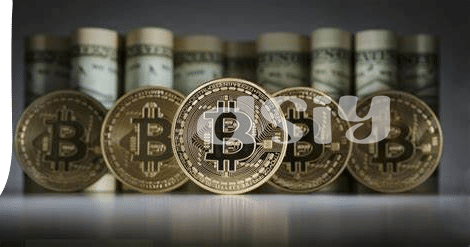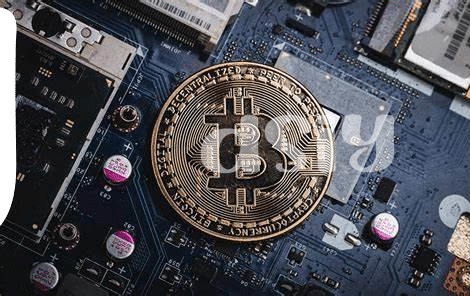🚀 the Rise of Bitcoin as a Global Phenomenon

In the world of money, something incredible happened not too long ago. Imagine a new kind of currency, one that’s not made of paper or metal, but purely digital. That’s what we got with Bitcoin. It started as a wild idea from the internet – a way for people to send money directly to each other, without any banks in the middle. At first, it was just computer hobbyists and forward-thinkers who paid attention. But then, more and more people started to see its potential. It wasn’t just for buying things online. Some folks saw it as a way to keep their money safe, sort of like digital gold.
| Year | Significant Bitcoin Event |
|---|---|
| 2009 | Creation of Bitcoin |
| 2010 | First real-world transaction using Bitcoin |
| 2013 | Bitcoin surpasses $1,000 for the first time |
| 2017 | Bitcoin hits an astonishing $20,000 |
| 2020 | Bitcoin reaches new heights, touching $28,000 |
| 2023 | Widespread adoption and recognition as an asset class |
As time went on, this digital gold began to shine even brighter. People from all corners of the globe started to invest in it, not wanting to miss out on what could be the future of money. Even big companies and some governments started to pay attention. They saw it not just as currency, but as an asset, like owning a piece of the future. And just like that, Bitcoin grew from a geeky experiment into a global phenomenon, changing how we think about money itself.
💼 Traditional Assets: Safe Havens or Old News?
In the world of investing, traditional assets like gold, stocks, and bonds have long been considered the pillars of security and reliability. They’re like the trustworthy, old friends you know you can rely on in uncertain times. Yet, as the financial landscape evolves, some begin to question: are these assets still the sanctuaries of value they once were, or have they turned into relics of a bygone era? It’s a bit like sticking to a paper map in the age of GPS. The key lies in their proven record of weathering economic storms, offering a sense of stability amidst chaos. However, with the rapid pace of digital innovation, their position as the unchallenged champions of safe investments faces scrutiny. As we dive deeper into comparing these age-old assets with modern digital currencies, intriguing questions about usability, scarcity, and ultimately, their future role as stores of value in an increasingly digital world come to light. For those keen on exploring how the digital revolution, especially Bitcoin, is reshaping the dialogue around privacy and cross-border transactions, a detailed dive into https://wikicrypto.news/europes-stance-on-bitcoin-in-2024-a-country-by-country-guide can shed light on Europe’s varying approaches to embracing this change.
🤔 Comparing Apples and Oranges: Usability and Scarcity

When we peek into the financial world’s kitchen, it seems like we’re weighing the worth of two vastly different fruits. On one side, we have Bitcoin, the digital gold, known for its rarity in the digital realm, akin to finding a unique treasure in an endless sea of data. Its existence is governed by complex codes promising a limited supply, making it a sought-after digitized rarity. 🌐💎 On the flip side, traditional assets like gold or real estate have long stood the test of time, offering a tangible sense of security, a shelter in the stormy weather of economic uncertainties. 🏡✨ The catch, however, lies in their usability in our fast-paced world. Where gold might sit in a vault and real estate is rooted to a spot, Bitcoin zips around the globe in transactions, unbothered by borders. The question isn’t just about scarcity but how we use and move our treasures in today’s interconnected world.
📈 the 2024 Forecast: Price Stability and Growth

Peering into what 2024 might hold, we find ourselves navigating a fascinating contrast between the shiny, dynamic world of Bitcoin and the dependable, though somewhat weathered terrain of traditional assets. The buzz around Bitcoin and its brethren in the crypto universe has turned what was once a niche curiosity into a heavyweight contender on the global financial stage. Its appeal? Unlike traditional stocks, bonds, or gold, Bitcoin offers a blend of mystery and opportunity, fueled by its digital scarcity and a community of believers heralding it as the future of money. However, the real intrigue for the year ahead lies not just in what these assets are today, but in how they are set to evolve. With price stability often seen as the Achilles’ heel for digital currencies, the coming months could surprise us. Enhanced by technological advancements and growing acceptance, Bitcoin might just iron out those infamous price swings, positioning itself as not just a store of value but also a beacon of growth in an ever-evolving financial landscape. Meanwhile, traditional assets, bolstered by their history and perceived security, aren’t bowing out of the race. What we’re looking at, as the world winds its way through economic twists and turns, are two champions, each with its own set of strengths and vulnerabilities, gearing up for an epic showdown in value storage. It’s a scenario where predicting winners isn’t straightforward, as both sides bring something unique to the table—making the debate all the more thrilling. Amid these swirling predictions, one cannot overlook the transformative role of Bitcoin in global transactions, for which insights can be found in a detailed analysis leveraging bitcoin for cross-border payments: benefits and challenges in 2024. As such, as we march towards 2024, the narrative isn’t just about which asset class outperforms, but also about how these forms of value adapt and thrive in a financially diversified future.
🌍 Economic Shifts: How World Events Affect Value
Think of the world as a bustling market, where every stall is a country and the goods on sale are their economies. Now, imagine if a storm hits the market or a celebrity endorses a stall. Suddenly, the flow of shoppers changes. This is similar to how world events can shake up our investments, turning the once predictable flow of value into something much more dynamic. Earth-shaking events like elections, treaties, and even natural disasters can stir the waters, affecting how we view the safety and potential of both traditional assets and digital currencies like Bitcoin.
In the table below, we plot some hypothetical scenarios and their potential impacts on traditional assets versus Bitcoin:
| Event Type | Impact on Traditional Assets | Impact on Bitcoin |
|---|---|---|
| Economic Policy Change | May either bolster or weaken, depending on the nature of the change. | Often seen as a hedge, might increase in value during uncertain policy shifts. |
| Geopolitical Tension | Typically suffers, as investors seek safety. | Value could surge as an alternative to traditional safe havens. |
| Natural Disasters | Often negatively impacted, especially if the disaster affects crucial infrastructure. | May remain unaffected or even see a value increase as a non-geographically bound asset. |
These events remind us that the value of what we invest in is not just determined by what’s happening in the financial markets, but also by the world around us. It encourages a broader perspective, one that sees beyond the numbers and charts, to understand the intricate dance between global events and asset value. In the ever-evolving story of 2024, as we look towards the horizon, understanding this dynamic can be the key to making informed decisions in an uncertain world.
💡 Future Possibilities: Innovation in the Financial Landscape

As the financial landscape continues to evolve with breathtaking speed, the integration of cutting-edge technology and finance has opened up new pathways previously thought unreachable. 🌟 Innovation is no longer just a buzzword but the cornerstone of modern financial systems, driven by both necessity and the boundless imagination of humans. The adoption of blockchain technology and digital assets, spearheaded by Bitcoin, has ignited discussions across the globe. This conversation extends beyond just investments and delves into how these technologies can reshape everything from daily transactions to global banking systems. Imagine a future where financial inclusion is not just an ideal but a reality, where access to financial services is universal, thanks to the continued evolution and integration of technology into the sector.
In this dynamism and innovation, staying informed and ahead of the curve is essential. For enthusiasts and investors alike, understanding the legal landscape of digital assets like Bitcoin becomes crucial. To navigate these waters, a comprehensive mastering bitcoin technical analysis for profitable trading in 2024 provides an invaluable resource. By delving into this guide, one can understand not just the investment potential but also the evolving legal frameworks worldwide, ensuring that their participation in the digital economy is informed, strategic, and compliant with global standards. 🚀🌐 The marriage of traditional financial principles with the daring of digital innovation holds the key to unlocking unprecedented global prosperity, marking an exciting chapter in the annals of economic history.
